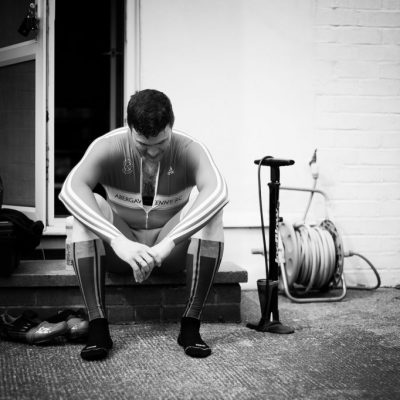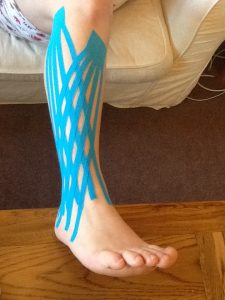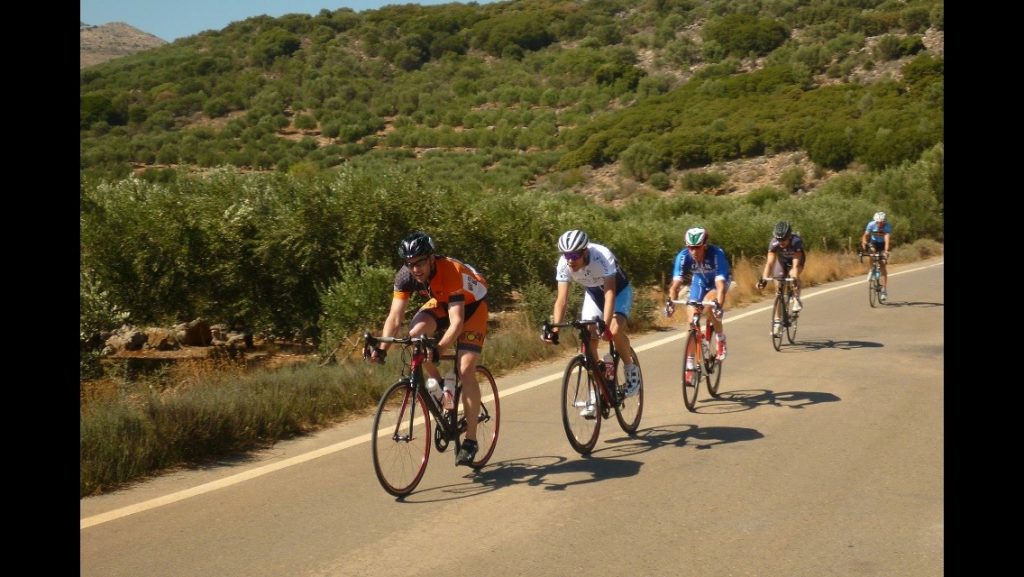Understanding Chronic Pain in Cycling Injuries
Pain in Cycling
Pain and suffering in cycling is something we are all familiar with. Whether it is the pain you feel in the second half of a kilo, to the pain at the end of your longest ever ride… there are lots of ways to endure pain and suffering in cycling! You have to be able to deal with these things if you are pushing your limits in cycling.
It’s when it comes to injuries that you need to alter your mindset. Most of us aren’t making our living by our performance on a bike, I’m certainly not! So there is rarely if ever a really good reason to push through an injury.
Some injuries just can’t be avoided. If we are unfortunate and suffer a crash; traumatic injuries can occur that we don’t have a huge amount of control over.
In this post, I am talking more about chronic injuries. Chronic meaning it’s an injury that has gone on for a relatively long time and not how bad it is.
I’m sure most of us have experienced this at some point in our lives. In cycling, it is really common. A massive survey of cyclists with over 26,000 responses found that around 25% were reporting current or ongoing injuries…that’s a lot!!
What Are the Most Common Injuries in Cycling
The 5 most common chronic injuries in cycling are:
- Back Pain
- Wrist/hand pain
- Buttock Pain
- Knee Pain
- Neck Pain
These are the type of injuries where you can be fooled into thinking it’s nothing much and ignoring it a bit. It may be there one day, gone the next and not appear again for a week or 2. But gradually, it becomes more persistent, gradually it becomes more intense. Then you are getting pain off the bike too.
It’s not like that in every case, but as a physio, bike fitter and coach, I hear this story a lot!
It means that it is not uncommon for people to have been suffering the injury they are seeing me about for months, if not years!
If this is the case it is really important to help the patient understand pain as it will form a massive part of getting them better.
Understanding Pain
It’s common for people to think of the body as a machine. ‘I did this to it and this happened’. Though there are mechanical properties to the body, there is a big difference between our bodies and a machine…we have a brain attached!
This changes everything. Our brains play a massive role in pain and injury. Understanding this can really help improve your recovery.
There is too much to cover in one blog post, so I’ll try and give you the most important/relevant points. Feel free to get in touch if you have questions.
Pain is a bit like your brain ringing an alarm bell. It is not as easy as X injury/stimulus = Y amount of pain. It’s so much more than that.
In simple terms, there are two parts to any injury. There’s the tissue damage part and the sensitivity part.
Tissue Damage
This side of the injury is exactly as you would expect. Something has been damaged, muscle tear, ligament tear, bruising, etc. This plays a role in most injuries, at least initially. It is the type of thing most would think of as an injury. However, most people will not think of the second part as much.


Sensitivity
This is the other side of the injury and less commonly talked about. Again, trying to keep it simple, any injury can result in your brain ringing the alarm bell (pain?). However, it also then increases the sensitivity in that area to monitor how things are going. Seems fairly logical.
Most injuries will have these two elements in different amounts. The mistake I hear a lot is that people think the two are linked together and they are not!
You can have massive amounts of damage and little or no pain. And you can have no tissue damage and loads of pain. It is particularly the second one that is implicated in chronic injuries. When things get out of balance and pain persists beyond the tissue healing time the ‘mechanical approach’ becomes far less effective and you need to look at it from the sensitivity perspective.
So What Does That Mean for ME??
Well, obviously every patient is an individual and should be treated as such. But if the tissue side has resolved and there is still sensitivity (pain), then you need to address that. Generally speaking, pure rest is a pretty way to deal with it. Your brain needs information to start lowing the sensitivity and if you just rest things will feel better, but as soon as you start up again the brain is still just as sensitive to those tissues being used, so guess what…it outputs some pain, just in case!!
You need to actively try and decrease the sensitivity. That way you are building the tolerance of the tissue to stimulus while lowering the brains sensitivity to them being used…I’ve outlined a few strategies below.
Strategies to Help Chronic Pain
Now, it’s important to note you should seek appropriate professional advice if to get an injury appropriately diagnosed. Then, when managing an injury, these are some good ideas to help improve the sensitivity side.
1. Appropriate Movement
Like I said, you can’t just rest your way out of it. But you can’t go overboard either. So a progressive programme of exercises/movement, where you gradually increase the load/frequency/volume of movement that the tissue is exposed to allows you to increase it’s tolerance and decrease the sensitivity.
2. Gentle Massage
This can be done by someone else, it could be a foam roller or it could be self-massage. Depends on the injury and what you have available.
It works really well as long as you keep it gentle. You are trying to stimulate the injured area at a low level to send ‘positive’ signals from that area to the brain (in simple terms!). It is very reassuring for your brain and will help lower sensitivity.
3. Heat/Ice
Works in a similar way to massage. The change in temperature is just another stimulus, just like the massage. It is generally seen by the brain as a positive thing and therefore helps to lower the sensitivity of the injured area.
I encourage patients to try both and use the one that works best for them…everyone is different.
4. APPROPRIATE Rest
Rest can be a component of recovery…it’s just most people overestimate its value.
There needs to be a balance between stimulus and recovery, much like any time of training. So you need appropriate movement and loading, followed by an appropriate rest period.
Exactly how long depends on the injury and the individual, but I always encourage the rest to be a time when the other, more passive strategies can be used.
Really…it’s a Combination
Clearly, as I mentioned in the rest block. It’s really a combination of things that works the best. Different people find different value in the various strategies. It’s about finding what works for you.
I know that in particular, the movement/exercise part is very vague. But that’s because it really could be anything and completely depends on the injury and the individual circumstances. However, as a general guide you need to start where you are successful, so a load, frequency and volume you know you can do and build up from there.
Then, once you’ve done your exercise you need to recover. This is a great time to use the other strategies of massage, heat or ice. I encourage people to cycle through the different modalities so there are lots of reassuring inputs going in and working to decrease that sensitivity.
Summary
There’s no substitute for getting professional help with an injury, whether that’s your GP or a physio. Knowing what you are dealing with is key. But you can certainly help things along with some easy to use strategies at home. And probably even more important, if you understand the two sides to an injury, suddenly dealing with it becomes a lot easier.
Any questions, feel free to comment below or email coach@summitcyclecoaching.co.uk

